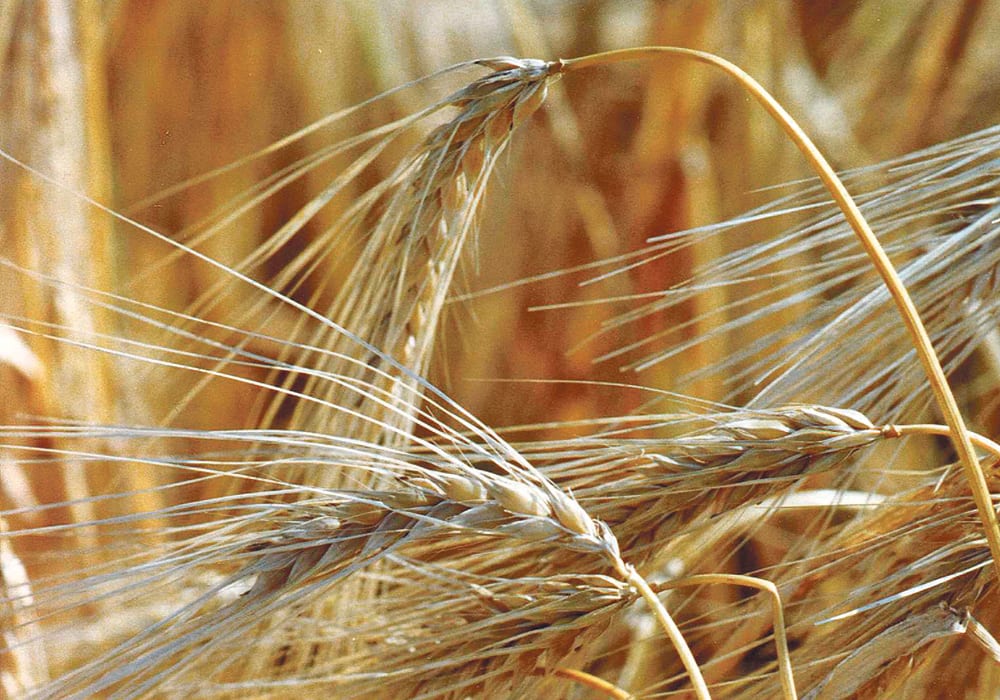Export restrictions have hit barley shipments as dispute continues, but new markets are opening for the crop in China
Jordan Van Hierden read an email a few weeks ago that could have changed his business.
It was from a company in Saudi Arabia looking to import forage.
For Van Hierden, who works for Green Prairie International in Lethbridge, it was a lost opportunity.
“It was from a customer looking for 50,000 dried tonnes of silage, which is almost all of our production space,” said Van Hierden, who manages Green Prairie’s equine and feed division for North America and the Middle East.
“(But) I can’t even bid on it.”
Read Also

U.S. government investigates high input costs
The USDA and DOJ are investigating high input costs, but nothing is happening in Canada.
It’s because of a nasty political dispute that erupted between Canada and Saudi Arabia three months ago.
The Saudi government suspended investment in Canada and announced it would no longer buy wheat, barley and other agri-food products from Canada. The action came after Canada’s foreign affairs department criticized Saudi Arabia on Twitter for jailing women’s rights activists.
Relations between Canada and Saudi Arabia haven’t improved since early August and may have worsened in October, after news broke of Saudi agents killing a journalist at the country’s embassy in Turkey.
Exporting to Saudi Arabia is no longer an option for Van Hierden because it’s impossible to book a container to ship forage to Saudi Arabia.
“None of the shipping lines are shipping anything from Canada.”
Saudi Arabia is a lucrative market for forage exporters because the country has the largest dairy industry in the Middle East and it’s expected to grow even larger. Dairy production in the Kingdom is projected to expand at a rate of 5.39 percent annually, News Egypt reported in November.
Saudi Arabia is no longer producing alfalfa and other feed for livestock in an effort to conserve water, which means dairies will have to import almost all of their feed.
“They have big, big, big demands for forages in their dairy industry, which we specialize in,” said Van Hierden, noting his company has been developing relationships for years with forage buyers in Saudi Arabia.
“We started a new program with dehydrated corn silage…. We could sell quite a bit more and we’re set up to do way more than we’re doing. The big consumers that we’re targeting are in Saudi Arabia.”
The Saudi-Canada political feud is also affecting Canadian barley growers.
Saudi Arabia, along with China, is one of the largest importers of barley in the world. It’s projected that China will import 9.5 million tonnes this year and Saudi Arabia eight million tonnes.
Canada has a small slice of the Saudi market, exporting about 120,000 tonnes of feed barley to Saudi Arabia in the 2017-18 crop year and 60,000 tonnes the previous crop year.
Canada can’t compete with the Black Sea region or Australia on price, so Canada isn’t the supplier of “first choice,” said Phil de Kemp, executive director of the Barley Council of Canada.
De Kemp believes that ag exports to Saudi Arabia could be frozen for some time, so an important market could be lost.
Canada’s barley industry isn’t panicking because there is a massive opportunity to sell more barley to China.
Canadian barley struggles to compete on price in China because of rail and shipping costs, but it does have an important advantage over Australian barley.
”Our market differentiation is on protein. Our protein on barley is at least 11.5 percent protein for feed,” de Kemp said.
“A lot of the competitors are 9.5 percent. And everything in China right now is about protein.”
De Kemp was in China in late October as part of a group promoting Canadian barley. Also on the trip was Tim McAllister, an Agriculture Canada ruminant nutrition expert, who shared information on feeding barley to cattle, pigs, poultry, sheep and goats.
“I was there last week in one of the provinces where there is 40 million sheep and goats,” de Kemp said. “Forty million.”
Canadian Grain Commission data indicates that efforts to promote Canadian barley in China may be paying off.
- In the 2017-18 crop year, Canada exported 1.9 million tonnes of barley, with the majority of that going to China.
- In 2016-17, barley exports were 1.35 million tonnes and the five year average is 1.27 million tonnes.
Most of the barley exported to China is malting barley, but de Kemp estimated that 400,000 tonnes were feed barley in 2017-18.
Canada’s barley industry has shifted its focus to China and the Pacific Rim, but that’s not as easy for Green Prairie International.
The company has a business partner in Saudi Arabia, and Van Hierden is determined to take advantage of the opportunity.
If the federal government resolves the dispute, Van Hierden and other Canadian exporters could capture a piece of the huge forage market in Saudi Arabia.
However, he’s skeptical that relations will improve anytime soon.
“I don’t think anything is going to happen with Trudeau in power. He’s not going to say ‘sorry,’” Van Hierden said.
“(This) can be resolved if we get a change in government.”
















